
Skin cancer
Skin cancer is the most common cancer in Ireland, with over 11,000 new cases diagnosed every year. The National Cancer Registry of Ireland (NCRI) expects this number to double by 2040.
Skin cancer is a disease of skin cells. Nine out of every 10 cases are caused by UV rays from the sun or sunbeds.
On this page:
What is skin cancer?
Skin cancer is the most common cancer in Ireland, with over 11,000 new cases diagnosed every year. The National Cancer Registry of Ireland (NCRI) expects this number to double by 2040.
Skin cancer is a disease of skin cells. Nine out of every 10 cases are caused by UV rays from the sun or sunbeds. Over exposure to UV rays, which leads to tanning, redness or burning of the skin, causes damage to skin cells. While much of this damage is repaired some remains and can lead to skin cancer later in life. Reduce your risk by following the SunSmart code.
Early detection is also vital. If spotted early up to 90% of cases are curable. In the case of melanoma skin cancer spotting it early can save your life. For this reason it is important to get to know your skin, check it every month for changes and speak to your doctor if you are worried.
Types of skin cancer
The skin is the largest organ in the body and is made up of two layers:
- The epidermis is the outer layer
- The dermis is the inner layer
Skin cancers are generally named after the cells in the skin where they grow. There are two main groups of skin cancer:
Non-melanoma skin cancers
These are the most common types of skin cancer and include basal cell and squamous cell carcinomas. They tend to grow in areas of the body that have been exposed to the sun and are more common in older people.
What are the symptoms of non-melanoma skin cancer?
Melanoma skin cancer
Melanoma is quite rare but greater numbers of people are being diagnosed with it each year. It is also a disease that affects young people.
Melanoma is one of the most serious forms of skin cancer but if spotted early, it is very treatable. If not, it can spread to other parts of the body and cause serious medical issues.
Skin changes to look out for
Skin cancers do not all look the same. They can be anywhere on your skin, nails, or on the soles of your feet. They can appear in a number of ways including any of the following:
- A small lump
- Flat, red spot
- Firm, red lump
- A lump or spot that is tender to touch
- An ulcer that will not heal
- A lump with a scaly or horny top
- Rough, scaly patches
- A new or changing mole
Skin cancer risks and prevention




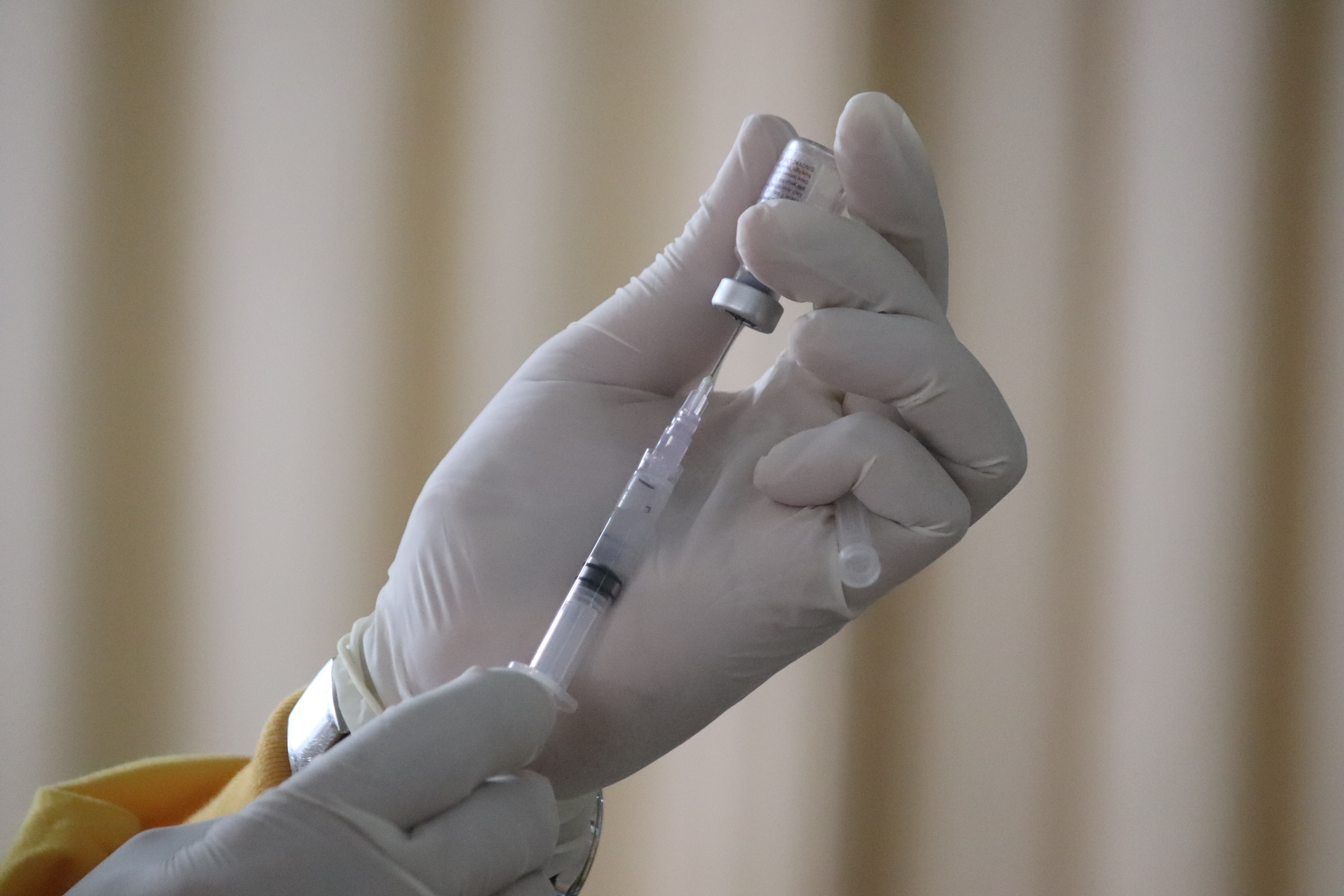





Take the skin types quiz!
Find out what type of skin you have, and how it affects your skin cancer risk.

More information about skin cancer treatment
If your doctor is suspicious of anything on your skin a sample may be taken and sent for testing. You may also be sent to a see a dermatologist who is a specialist in skin diseases. Treatment of skin cancer can include surgery, laser therapy, radiotherapy and photodynamic therapy. The dermatologist will speak to you about these treatments if necessary.
Looking for support?
Our cancer support section contains information and advice on coping with cancer for diagnosed patients and their loved ones.

An A4 poster to download, share, or print.


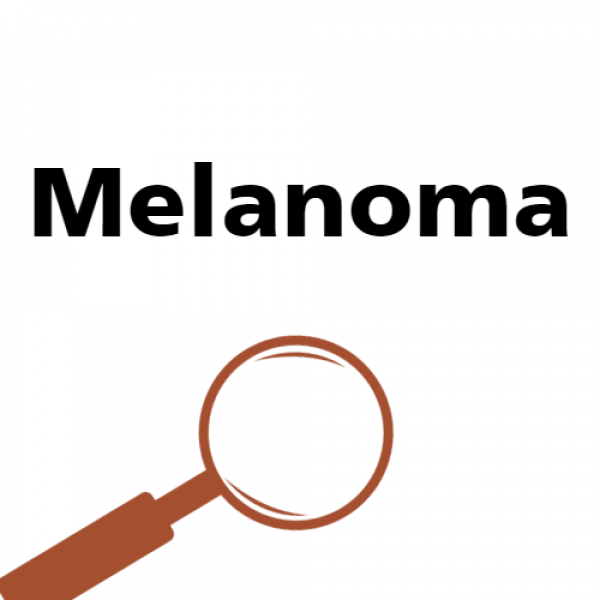
An A4 poster to download, share, or print.
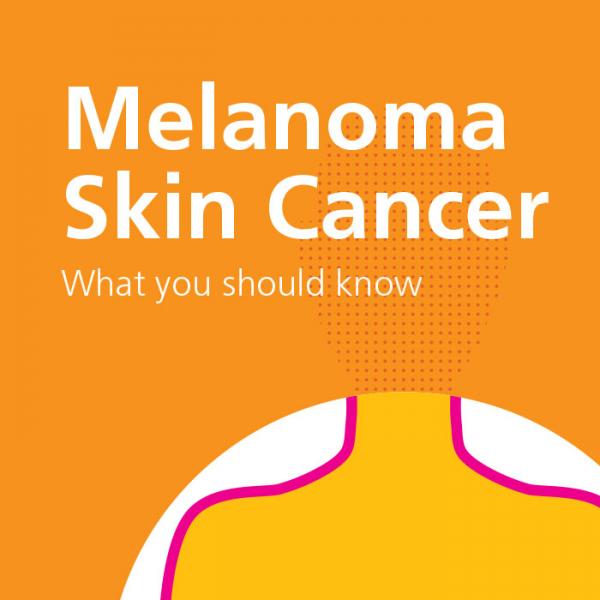
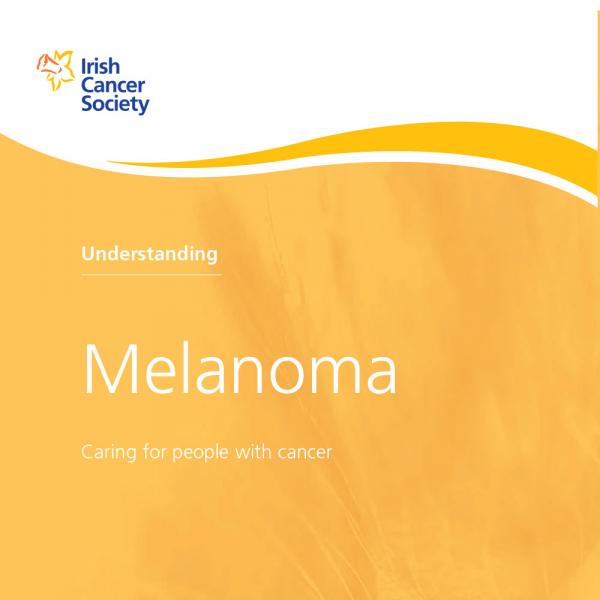


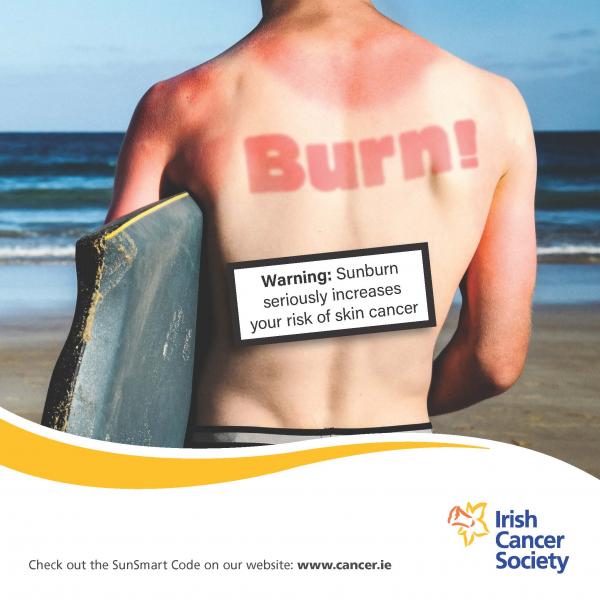

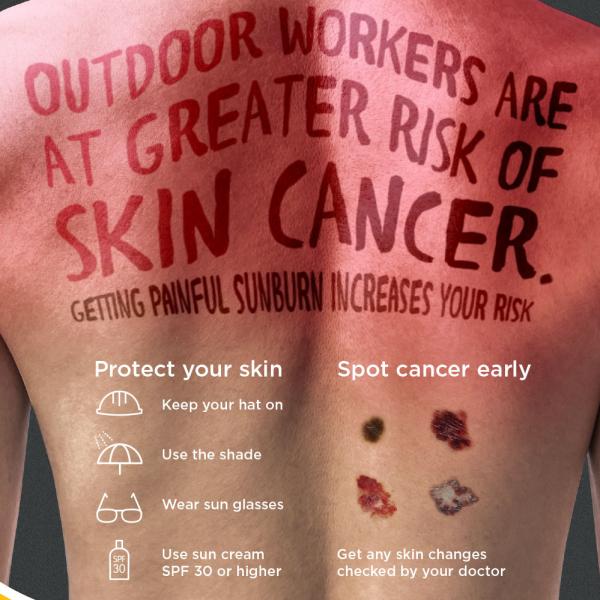
For more information
Phone
1800 200 700
The Irish Cancer Society uses the most up-to-date cancer statistics from the National Cancer Registry Ireland, available on www.ncri.ie






